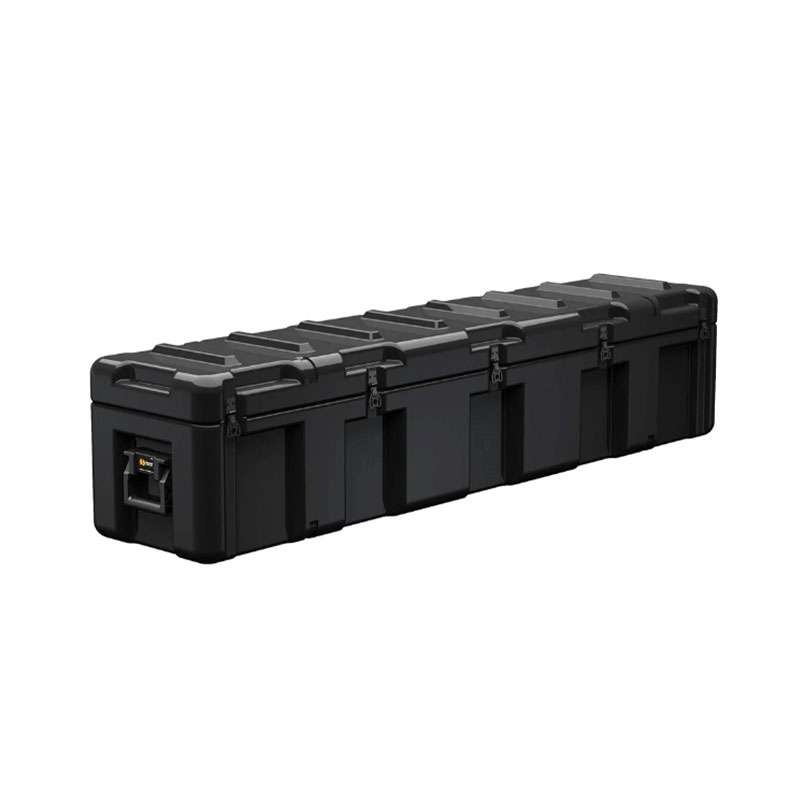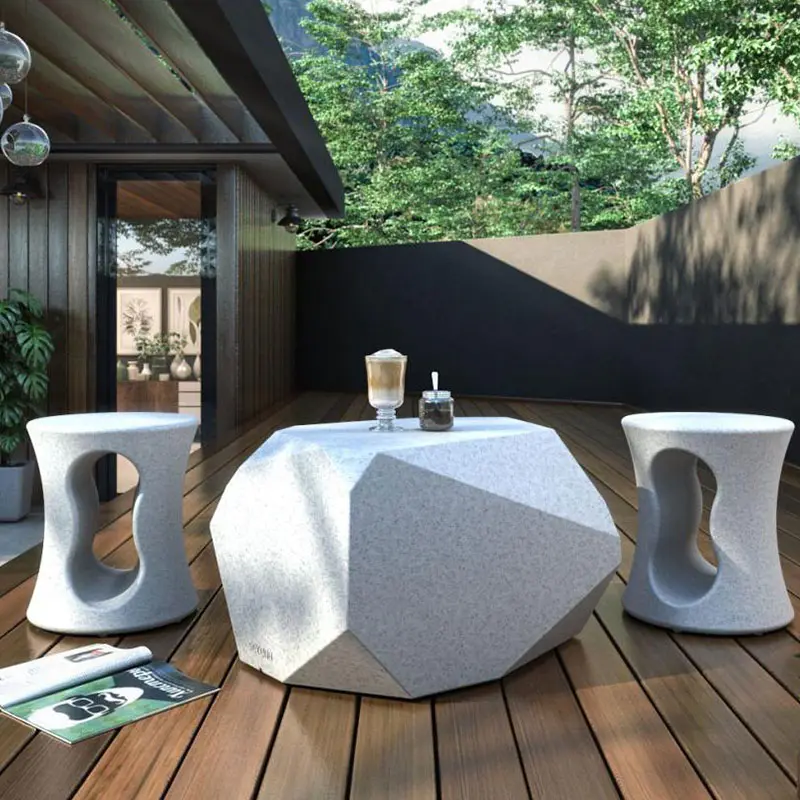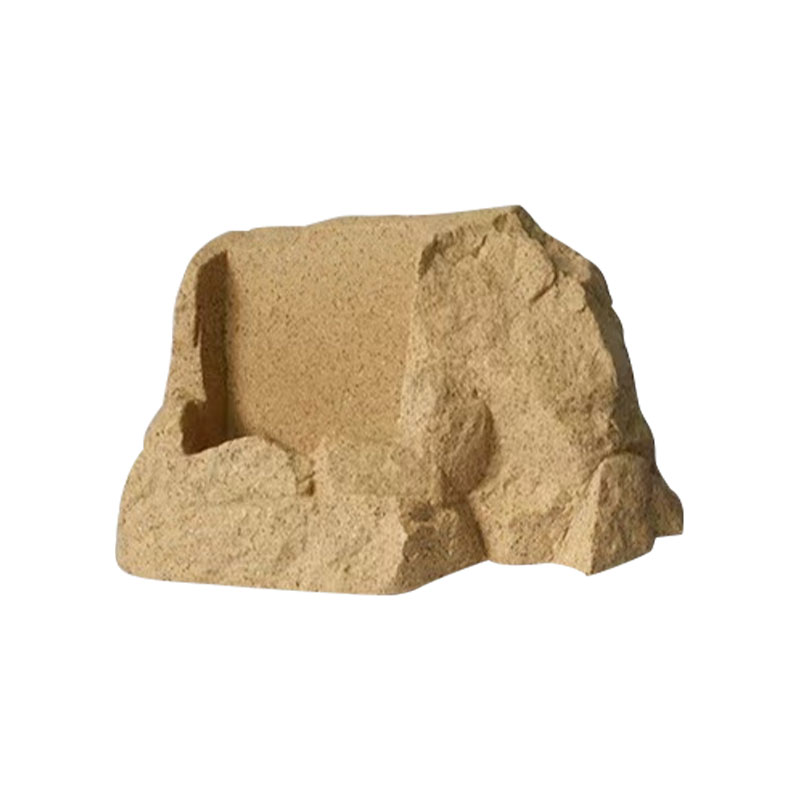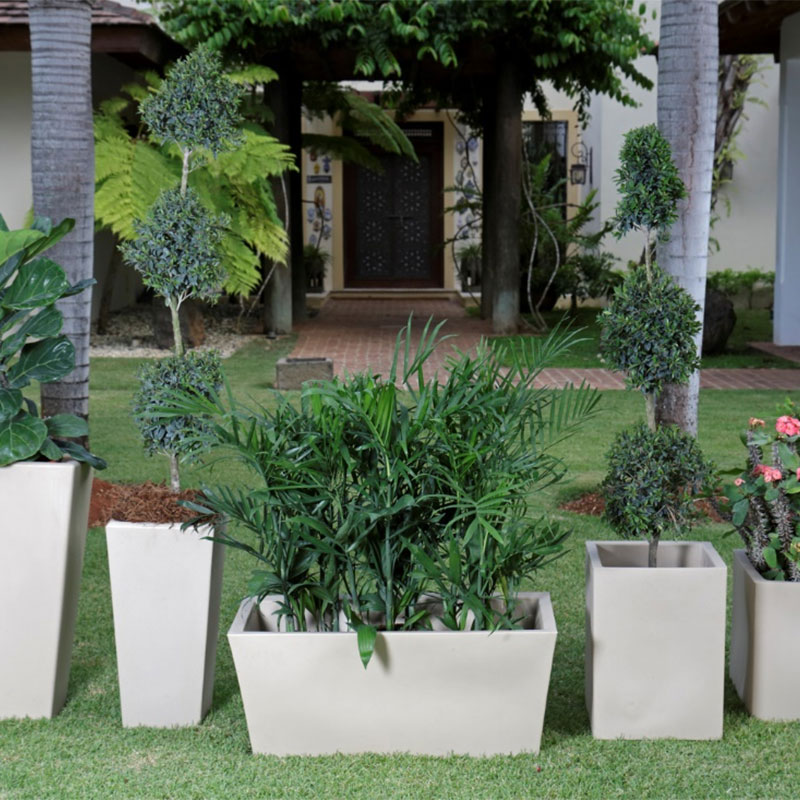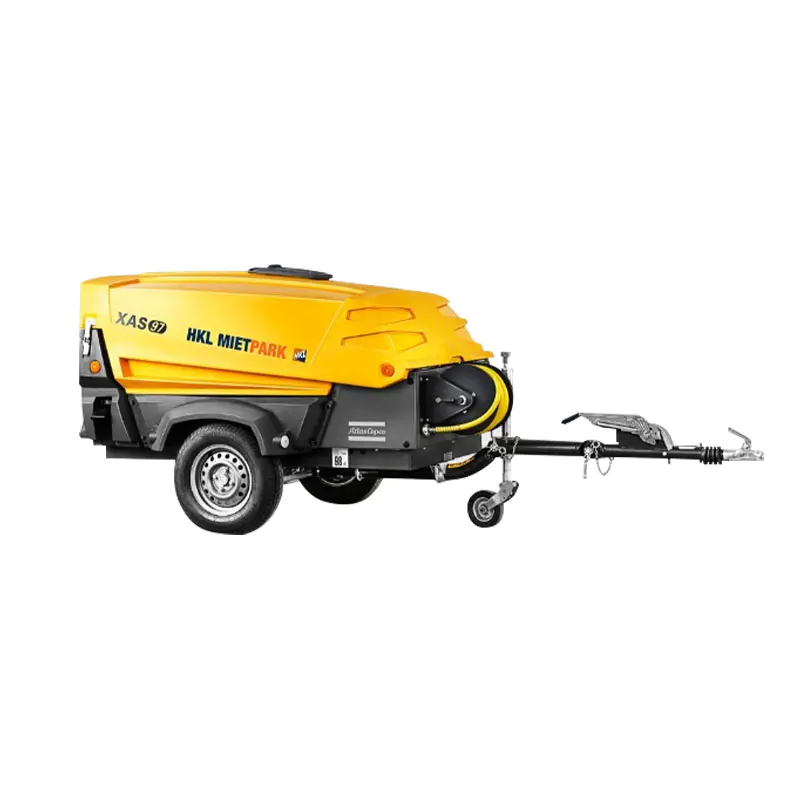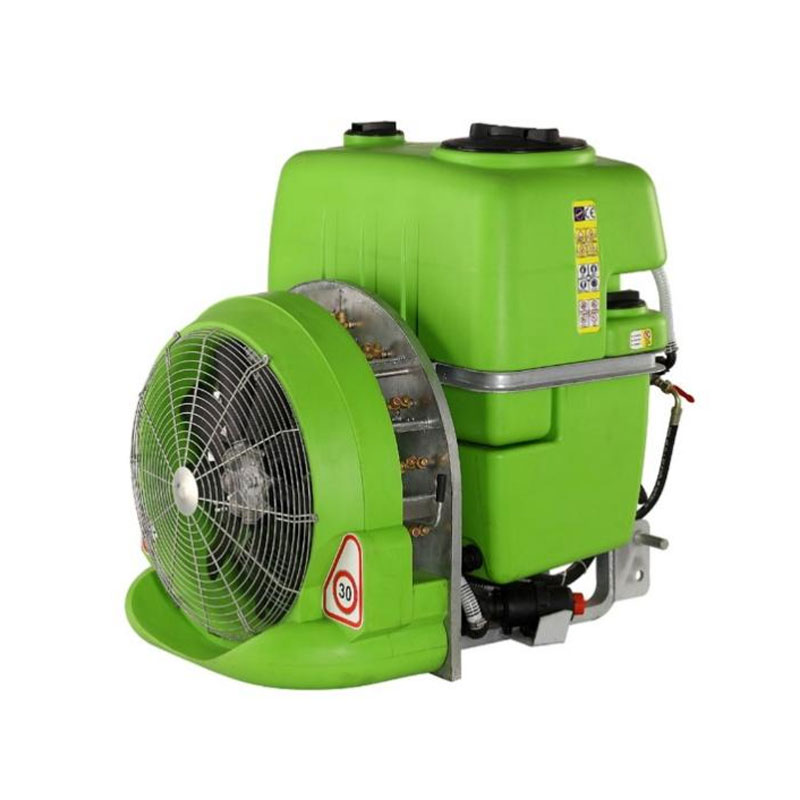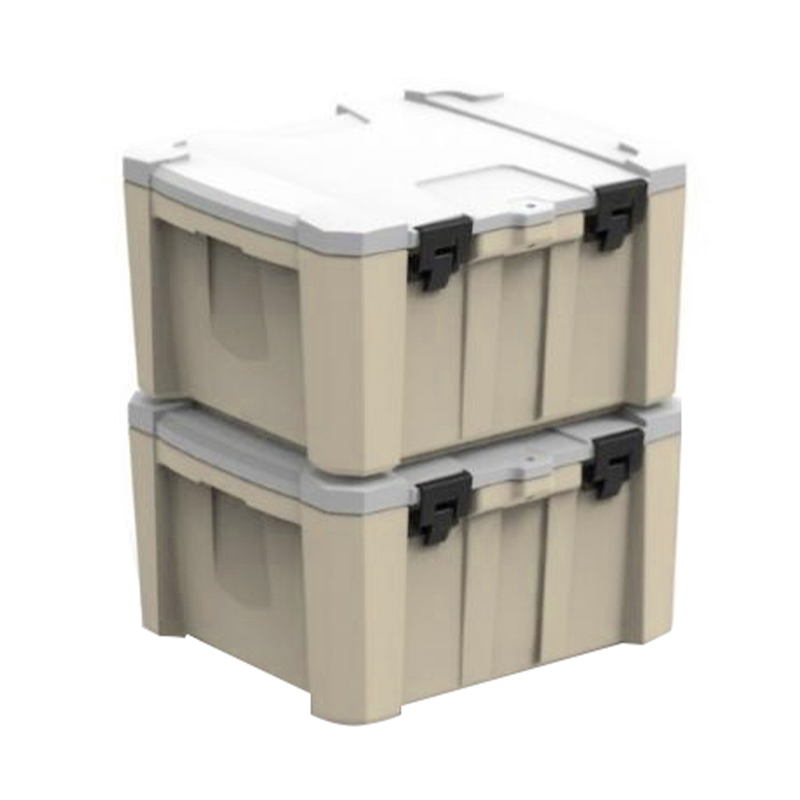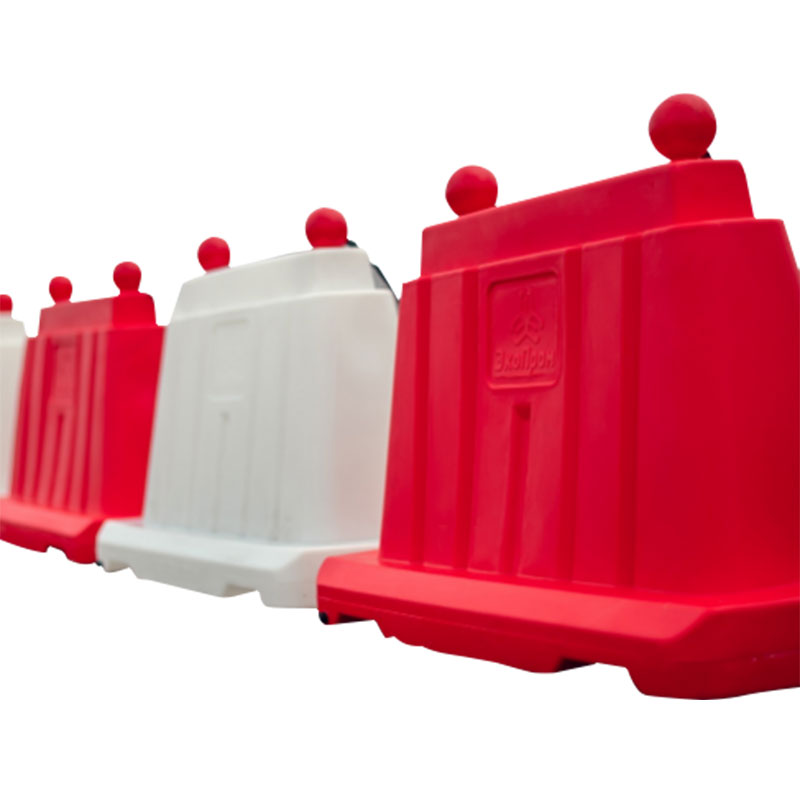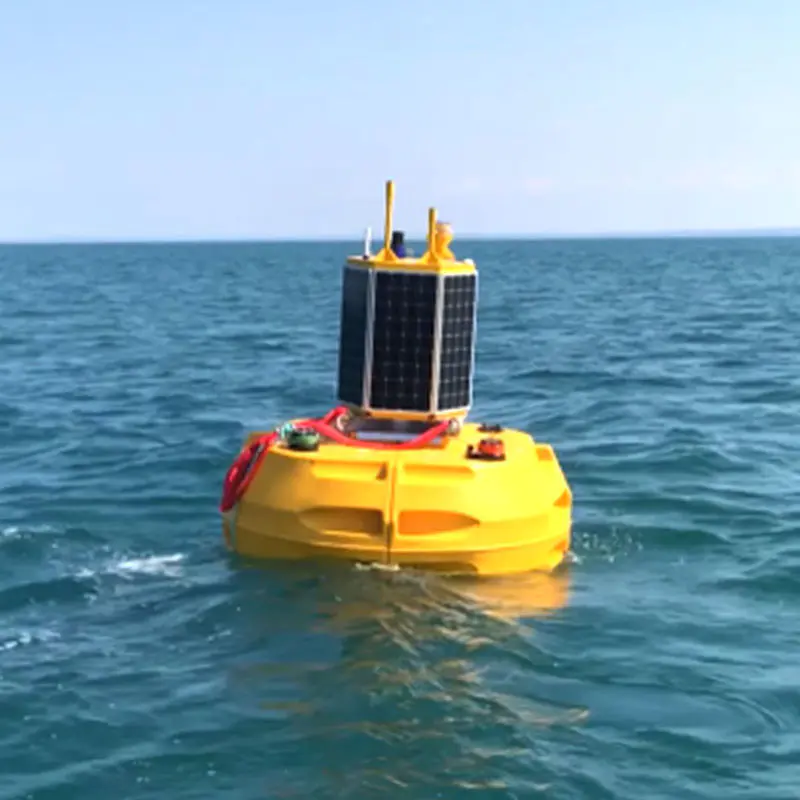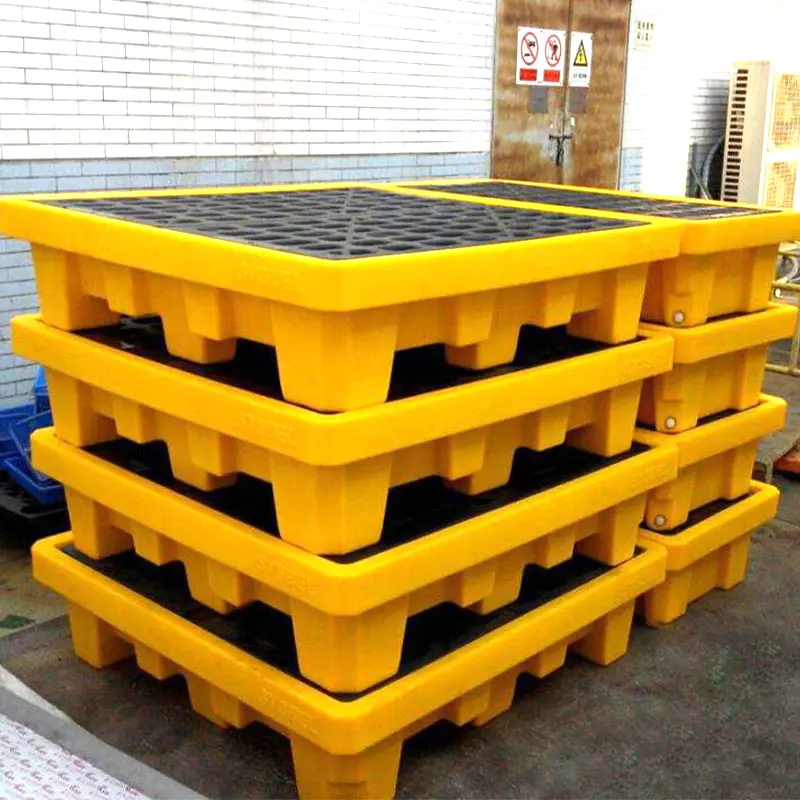Roto-molding, also known as rotational molding or rotational molding, is a thermoplastic hollow molding method. The process first adds plastic raw materials (usually powder or granules) into the mold, and then the mold is continuously rotated and heated along two vertical axes. Under the action of gravity and heat energy, the plastic raw materials in the mold are gradually evenly coated, melted and adhered to the entire surface of the mold cavity, forming into the required shape, and then cooled and shaped into products.
The reason why roto-molding technology is so popular in the manufacture of pet bathtubs is mainly due to its following advantages:
Flexible design: Roto-molding can produce complex shapes, especially those hollow parts. For pet bathtubs, this means that shapes that are more in line with the pet's body shape and habits can be designed to improve the pet's comfort and use experience.
Low cost, suitable for mass production: Although roto-molding also requires molds, its mold cost is much lower than injection molding. Moreover, as the production volume increases, the cost of roto-molding will be further reduced, which makes the mass production of pet bathtubs possible.
Durable and high-quality products: Roto-molded products are known for their durability. Due to the uniform wall thickness, the product is very strong and there are no seams, avoiding the creation of weak points. This is undoubtedly an important quality assurance for pet bathtubs that need to be in frequent contact with water.
Diverse material selection: Roto-molding can use a variety of plastic materials, such as polyethylene (PE), polypropylene (PP), etc. These materials not only have good water resistance and corrosion resistance, but can also be customized as needed to meet the needs of different pets and owners.
To ensure the seamless molding and durability of the pet bathtub, the design of the roto-molding mold is crucial. Here are some key design points:
Roto-molding molds are usually in the shape of a shell, which is cleverly composed of upper and lower half molds. Its thin wall and uniform wall thickness distribution, light texture, help to maintain the stability and uniformity of the mold during heating and cooling.
In terms of material selection, although the requirements are not high, the thermal conductivity is crucial. Most roto-molding molds are made of steel plates to ensure good thermal conductivity and mold durability.
The design of the mold cavity should fully consider the shape and functional requirements of the pet bathtub. For example, it can be designed to be an arc-shaped inner cavity suitable for pets of different sizes to improve the comfort of the pet.
It should be avoided to design too deep cavities and holes, as well as complex structures such as reinforcing ribs and solid protrusions, to ensure that the powdered raw materials can flow smoothly in the mold cavity, so as to achieve seamless molding.
An air duct should be set in the mold to prevent the molten plastic from being squeezed out of the mold seam due to gas expansion during heating. This helps to maintain the sealing of the mold and the appearance quality of the product.
The cooling system is also an important part of mold design. Common cooling methods include strong wind cooling and water mist cooling. For pet bathtub rotational molding molds, the appropriate cooling method should be selected according to the material of the mold and the requirements of the product to ensure that the product can be evenly cooled and solidified.
Manufacturing and maintenance of pet bathtub rotational molding molds
The mold manufacturing process needs to be carried out strictly in accordance with the design drawings to ensure that the size, shape and structure of the mold meet the design requirements.
During the manufacturing process, advanced processing equipment and processes should be used to improve the precision and durability of the mold. For example, CNC machine tools can be used for precision processing to ensure the smoothness and dimensional accuracy of the mold cavity.
The mold will be affected by wear and corrosion during use, so regular maintenance and care are required.
Maintenance work includes cleaning the mold cavity, checking the sealing and integrity of the mold, replacing worn parts, etc. Through regular maintenance, the service life of the mold can be extended and the quality and stability of the product can be ensured.

 English
English 中文简体
中文简体 русский
русский Español
Español